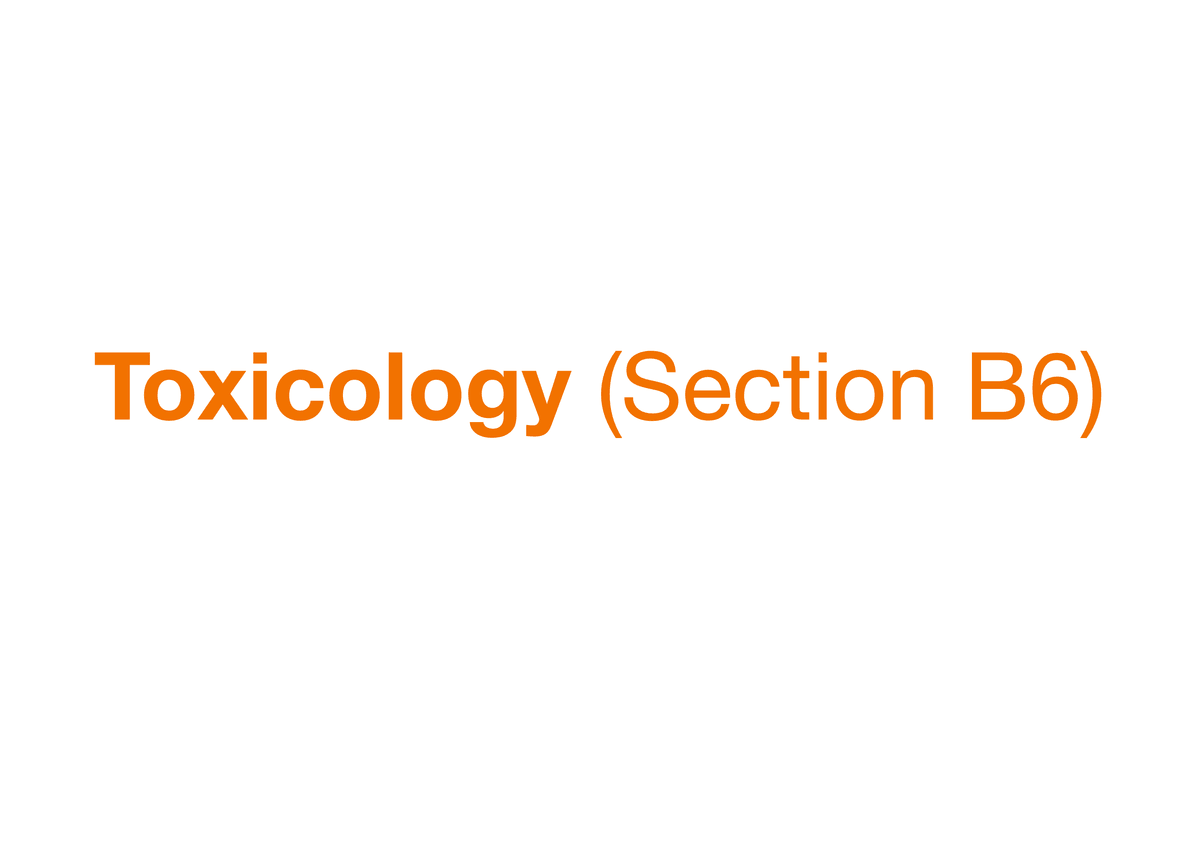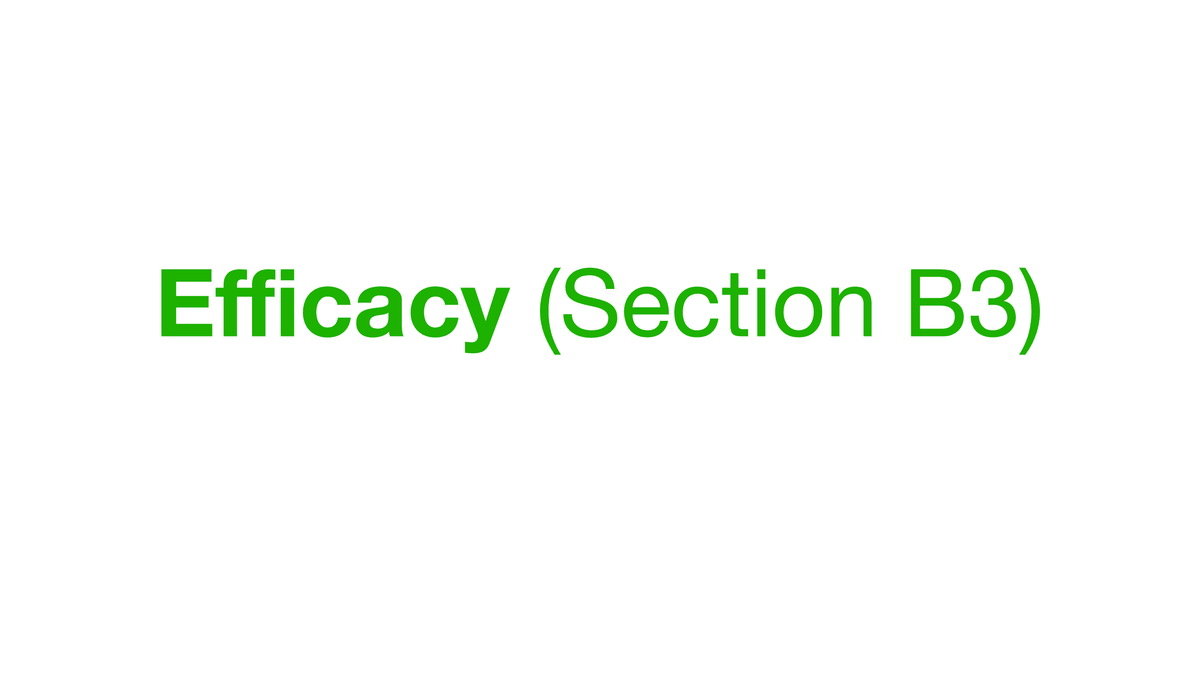
- Products
- …
- Products
- Products
- …
- Products
Estonia
Summary of Estonian current national requirements for PPP dossiers

Authorisation of plant-protection products for non-professional use is done in case-by-case basis. However, products are considered not suitable for non professional use if they have any of the following characteristics:
- Products with several or far-reaching conditions for use. This may, for an example, mean requirements for safety distances, waiting periods or personal protective equipment. Gloves assigned due to product classification do not automatically exclude non-professional use.
- Products that are labelled with at least one of the following pictograms: GHS05, GHS06, GHS08 and/or have following classification(s) according to CLP:
- Acutely toxic (Acute tox. 1-3) H300 Fatal if swallowed.
- H301 Toxic if swallowed.
- H310 Fatal if in contact with skin.
- H311 Toxic if in contact with skin.
- H330 Fatal if inhaled.
- H331 Toxic if inhaled.
- Highly corrosive (Skin corr 1a, 1B, 1C)
- H314 Causes severe skin burns and eye damage.
- Severely damaging to to eyes (Eye Dam 1)
- H318 Causes serious eye damage.
- Respiratory sensitisation (Resp sens 1)
- H334 May cause allergy or asthma symptoms or breathing difficulties if inhaled.
- Specific organ toxicity (STOT SE 1, 2; STOT RE 1, 2)
- H370 Causes damage to organs.
- H371 May cause damage to organs.
- H372 Cause damage to organs through prolonged or repeated exposure.
- H373 May cause damage to organs through prolonged or repeated exposure.
- Mutagenic, carcinogenic or toxic to reproduction (Muta 1A, 1B, 2; Carc 1A, 1B, 2; Repr 1A, 1B, 2)
- H340 May cause genetic defects.
- H341 Suspected of causing genetic defects.
- H350 May cause cancer.
- H351 Suspected of causing cancer.
- H360 May damage fertility or the unborn child.
- H361 Suspected of damaging fertility or the unborn child.
- Toxic by aspiration (Asp tox 1) unless childproof packaging has been used.
- H304 May be fatal if swallowed and enters airways.
- The operator exposure (without personal protective equipment except gloves) under the proposed conditions of use exceeds the AOEL
Acute Inhalation Toxicity: EE does not automatically require a vertebrate study on acute inhalation toxicity when the product is sprayed.
Bystander and residents: EE does not accept EUROPOEM II as second tier toxicological risk assessment for bystander and resident risk assessment.

- Dossier must cover Estonian conditions.
Need help with a PPP dossier for Estonia?
Feel free to contact us!

Biostimulants
legislation
Scientific regulatory
affairs
Regulatory support for
biostimulants
Biostimulants legislation | Regulatory support for biostimulants | email me >



